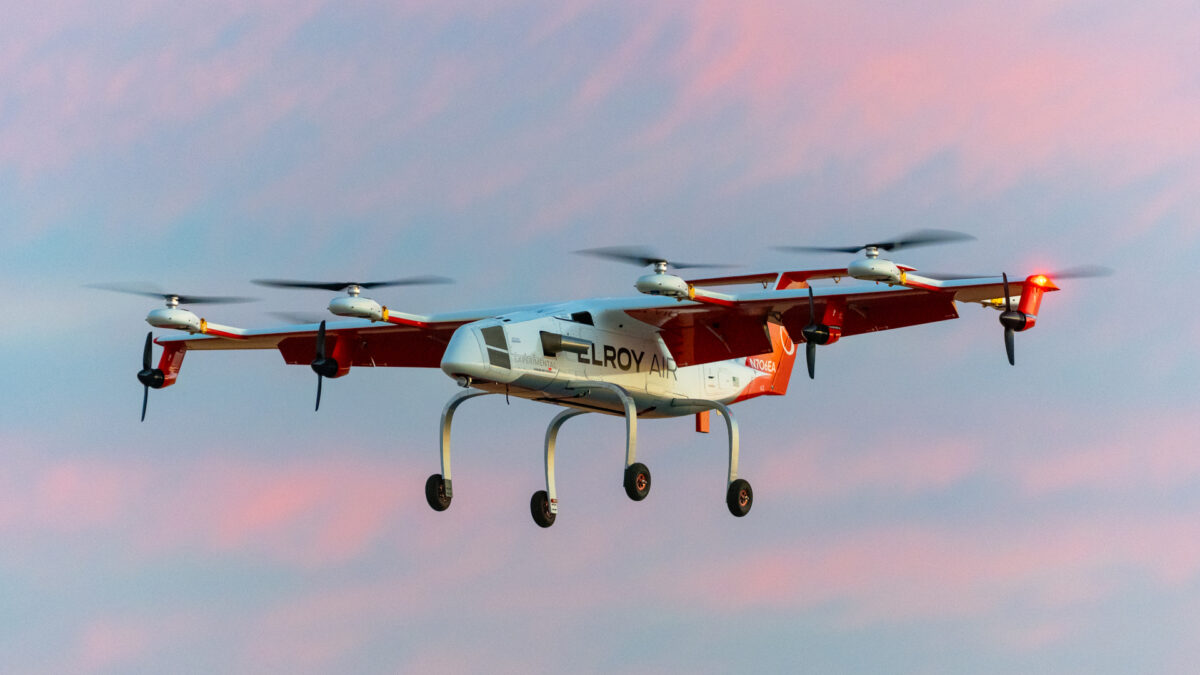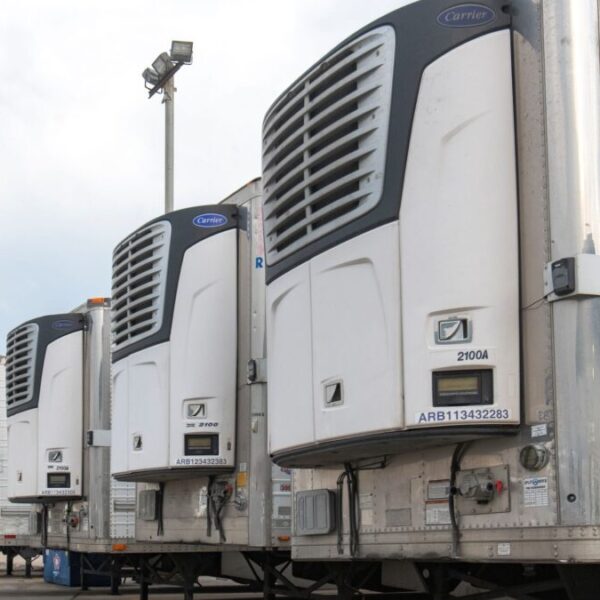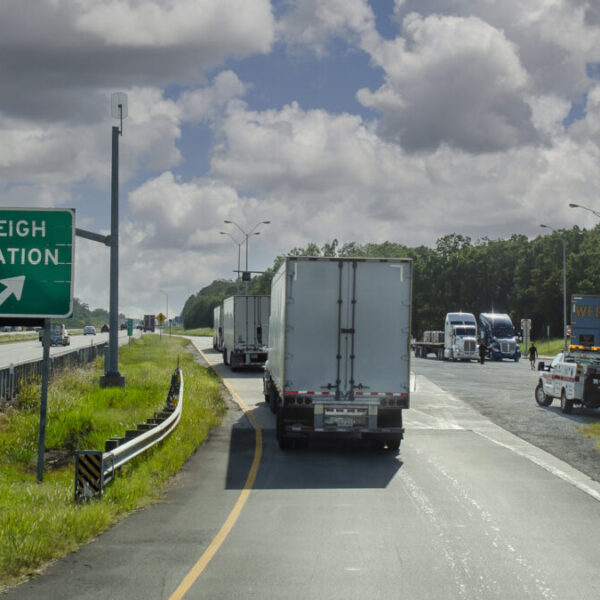A new hybrid-electric cargo drone designed by Elroy Air recently completed a milestone first flight, marking a breakthrough in autonomous aerial delivery. The flight introduced this novel aircraft architecture and propulsion system to the world.
Pioneering Aircraft Architecture
The aircraft, called the Chaparral C1, flew for under a minute at the company’s flight test center, taking off vertically before making a smooth landing. It combines the efficiency of turbo generator power with the redundancy and distributed thrust benefits of electric motors.
This hybrid vertical takeoff and landing (hVTOL) architecture provides longer range than battery-only systems while enabling runway-independent operation. Such capabilities could transform cargo delivery by increasing access to areas lacking traditional infrastructure.
Enabling Technologies
The Chaparral C1 represents the first flight of this hybrid powertrain configuration in an aircraft. Its turbo generator system runs on aviation fuel to generate electricity. This charges onboard batteries, powering distributed electric thrusters that provide lift and thrust.
The system’s power management governs output from the turbo generator and batteries to maintain efficient flight in different regimes from hover to cruise. This advanced control integration is essential for the hybrid architecture to function properly.
According to rotorcraft expert Ashish Bagai, balancing hybrid components during vertical flight is especially demanding compared to fixed-wing aircraft. The successful test flight demonstrated Elroy’s system integration capabilities for autonomous VTOL operation.
Path to Autonomous Flight
While remotely piloted for its first flight, the Chaparral system is designed to fly predefined missions autonomously without a pilot onboard. Building on contracts with the U.S. Air Force, Elroy will continue expanding the aircraft’s flight envelope to validate capabilities for autonomous operation.
The Air Force sees particular utility in unmanned cargo aircraft for dangerous resupply missions to troops in the field. Other defense leaders also recognize the platform’s potential to support military logistics for future campaigns.
Broad Use Cases
In addition to defense applications, Elroy notes considerable commercial demand for its large cargo drone. Major players like FedEx have partnered to test the Chaparral for short-haul deliveries between distribution facilities.
The aircraft’s projected 300-mile range could enable an autonomous air cargo network to transport time-sensitive shipments faster than ground transportation. Humanitarian groups also intend to use the platform to deliver supplies and aid.
Industry Momentum
The trailblazing flight builds on Elroy Air’s partnerships, pre order backlog, and over $3 billion in projected future revenue. It sets the stage for initial customer deliveries Elroy plans to start in 2025.
The successful demonstration of new hybrid technology highlights Elroy’s expanding capabilities. It also bolsters the firm’s ambition to pioneer practical autonomy for cargo transport drones. With continued progress, this new aircraft class could soon reshape supply chain logistics.
By leveraging their expertise and resources, Lading Logistics aims to provide efficient and reliable international shipping and logistics solutions for their clients.



